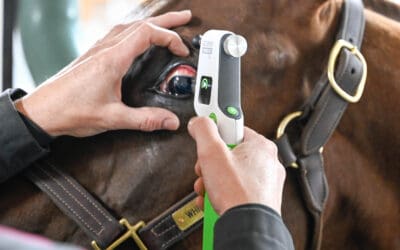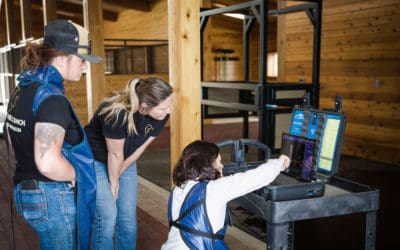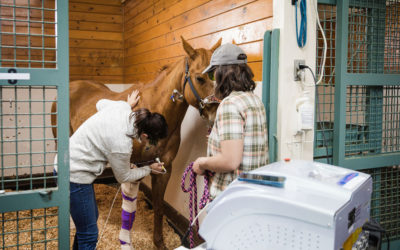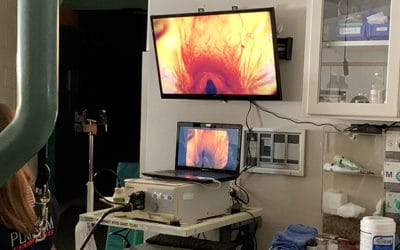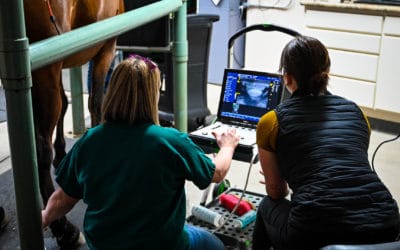Critical care for horses 24 hours a day, seven days a week
If your horse is experiencing an emergency, please call us at (541) 388-4006.
Deep lacerations, bone fractures, colic, severe infectious diseases, and acute laminitis. These are just some of the issues horse owners face that require immediate and often life-saving veterinary intervention. As the region’s only referral equine hospital equipped with an equine intensive care unit (ICU), we’re available on-call around the clock for emergencies.
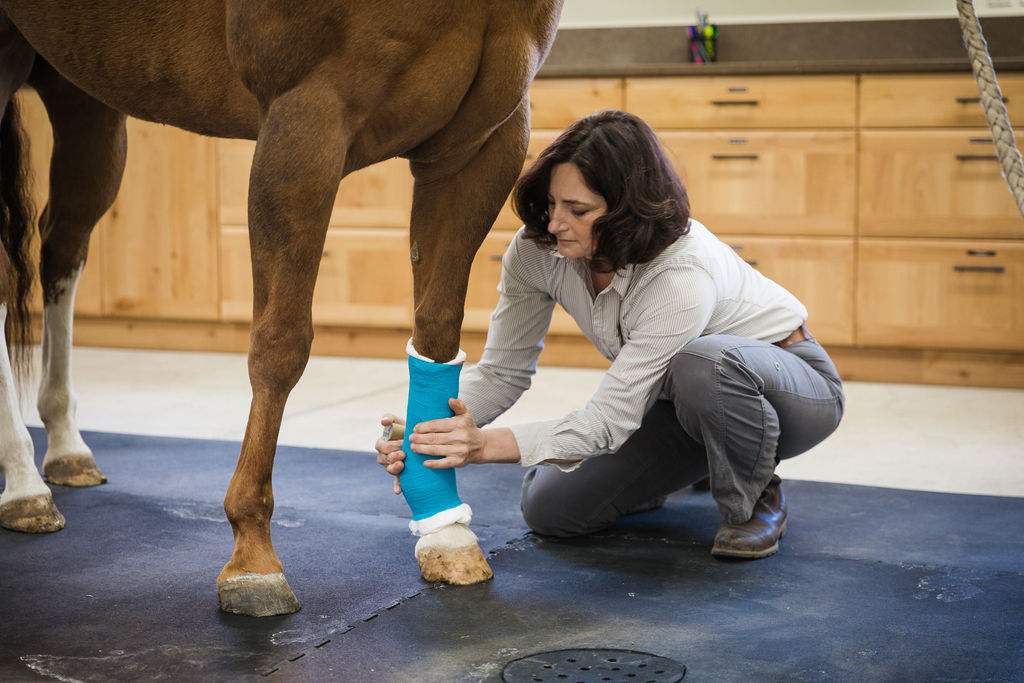
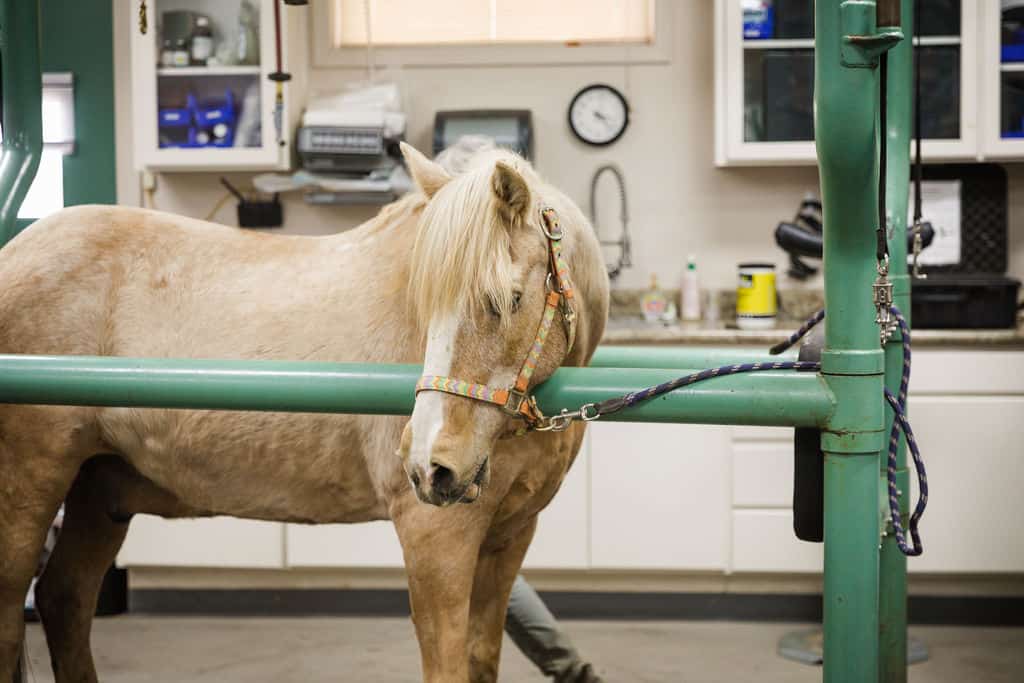
Related Diagnostics and Treatments
Tonometry
Tonometry is part of a comprehensive equine eye / ophthalmic exam We offer advanced diagnostics for equine ocular (eye) injuries and diseases as part of our ophthalmology services in Central Oregon. One of our tools is a Tonovet tonometer, which veterinarians use to...
Digital Radiography
Digital radiography allows instant visualization of x-rays. Results are read instantly, and radiographs can also be manipulated to provide optimal contrast and brightness. Digital radiography also allows electronic storage and transmission of images. BEMC is equipped...
Artemis Laser
The Artemis Non-Invasive Regenerative Therapy (NRT) laser is one of the most powerful therapy devices available for veterinary use and the only one that can treat with both NRT and RIM therapy. This distinguishes the Artemis from the many other cold laser therapies on...
Videoendoscopy and Gastroscopy
Do you suspect problems from your horse’s throat to its airway to its lungs? Respiratory videoendoscopy might offer the answer. Endoscopy images your horse’s airways with a video camera and allows us to identify problems, take diagnostic samples, take bacterial...
Ultrasonography
Our clinicians use ultrasound extensively for reproductive work and to diagnose a variety of injuries and conditions. Our team has received specialized training in both performing ultrasounds and interpreting results. Ultrasound allows us to look at different internal...
Lameness Locator
The Lameness Locator by Equinosis allows for the highly sensitive detection of movement abnormalities and subtle lameness. It consists of three wireless gyrometers (movement sensors) that attach to the horse’s poll area, pelvis, and right fore pastern. These sensors...
